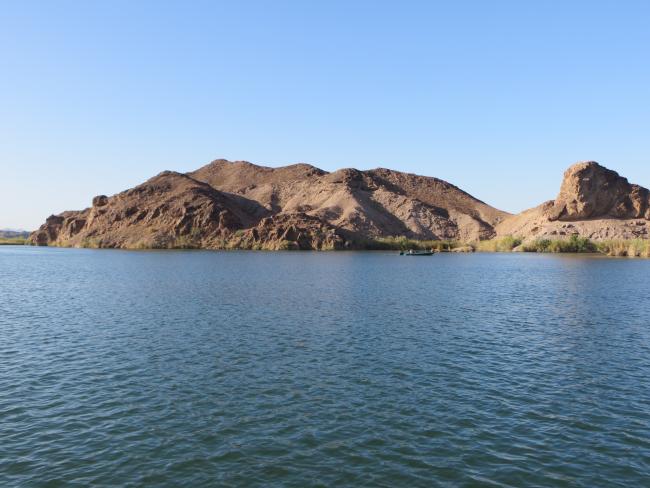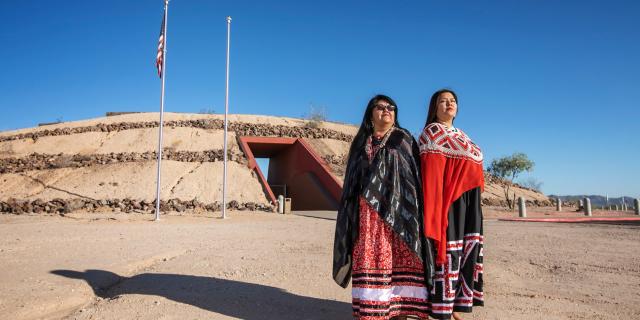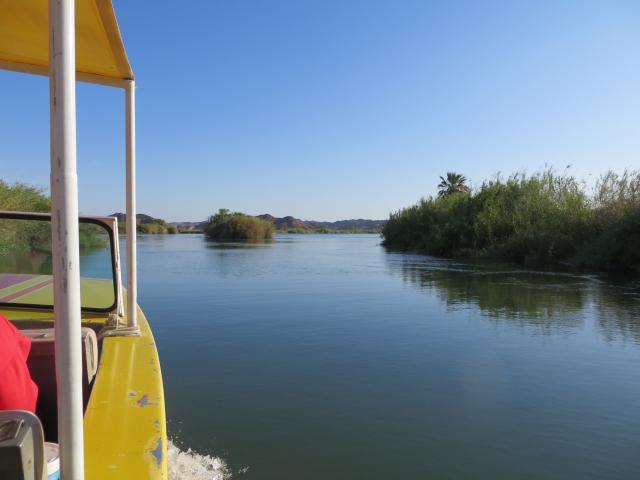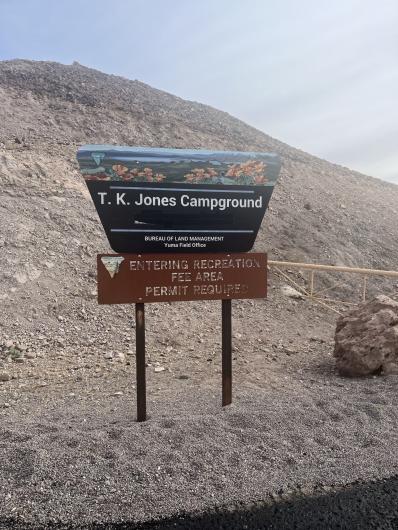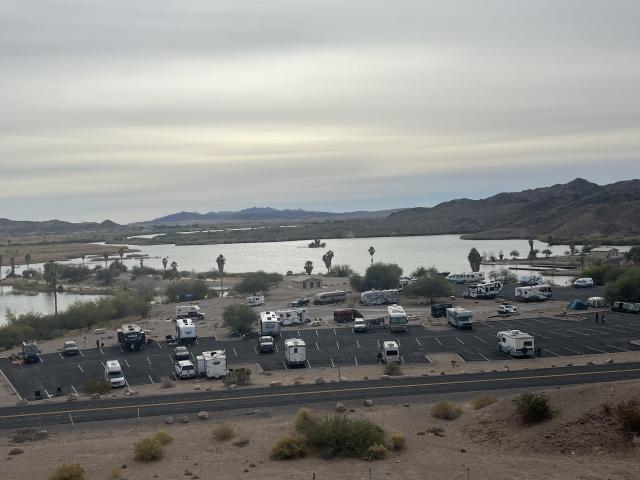On the California-Arizona border, BLM takes steps to remove a term offensive to Native Americans
Listen
Subscribe
Related Content
The Department of the Interior is changing many place-names on public lands to discontinue the use of terms that are considered derogatory to Native Americans. In Arizona's Yuma Field Office, this includes one lake on the Arizona-California border that was changed with the help of the Fort Yuma Quechan Tribe. In this report, Heather Feeney speaks to Ray Castro, Yuma Field Manager about the reasons and process for changing the name.
Transcript
HOST, DAVID HOWELL, Senior Communications Specialist: Welcome to “On The Ground: A Bureau of Land Management podcast.” I'm David Howell. The US Department of the Interior has been in the process of changing hundreds of federal site names, including many locations on public lands managed by the Bureau of Land Management, in an effort to eliminate language considered offensive to Native Americans. Our correspondent, Heather Feeney has this report.
REPORTER, HEATHER FEENEY, Public Affairs Specialist: In 2021, Secretary of the Interior Deb Haaland issued an order directing that a derogatory term for Native American women be discontinued in federal usage, most prominently in geographic place names across the United States.
One such place is the impounded lake above Imperial Dam on the Lower Colorado River, bordering Arizona and California. The BLM has managed a popular campground and boat launch there since 1964. And as early as 2010, the Yuma Field Office started looking into renaming the lake to eliminate the reference to the derogatory term.
What would have been a lengthy process was accelerated by the Secretary's order, and a new name was officially adopted in the fall of 2022. Ray Castro is field manager of the BLM Yuma Office.
RAY CASTRO, BLM Yuma (Arizona) Field Office Manager: My name is Ray Castro and today we'll be talking about the lake, which is named Xanyō Xamshré (pronounced HAHN-yo HAHM-shreh). That name was derived from the Quechan Tribe (pronounced KWEHT-san). Xanyō Xamshré stands for “Star Lake” in the Quechan language.
FEENEY: The Fort Yuma Quechan Tribe, whose reservation is located about twenty miles from the campground, recommended the name chosen for the lake.
CASTRO: That's when the Yuma Field Office looked to replace all the signage on site for the lake, which was one sign. And so, then we took action to review all outreach materials to reflect the new name. All necessary changes were made to all materials that contained the previous name, whether it was materials that we give out for outreach brochures within the field office, or materials that we had posted at kiosks out in the field.
FEENEY: The campground and boat launch are named for a long time BLM employee whose career reflected the BLM 's approach to managing the various resources the site encompasses.
CASTRO: “TK Jones” is Thomas K. Jones. He was an archaeologist for the Yuma Field Office that would later on go to become an assistant field manager for the Resources Division. After his passing on June 9, 2017, the field office staff wanted to do something to commemorate this colleague. And the field manager at the time, along with other staff, reached out to his wife and children about the possibility of renaming the campground after their father and husband, since this was a location that Tom often visited.
FEENEY: Castro says renaming the lake deepens the experience of visiting the recreation site and strengthens the BLM's relationship with the Fort Yuma Tribe.
CASTRO: I believe it's important to make changes like these to show respect and also honor Native American heritage. You know, this name change is also an example of how tribal nations continue to actively participate in the management of federal lands and waters. So, it it's very important that we continue to work together for actions like these.
As far as at TK Jones Campground specifically, there are some cultural resources that are nearby that derive to the Xanyō Xamshré name of the lake. And we've also worked to protect the most cultural resources with the Quechan Tribe.
It's definitely opened up that dialogue and as we get questions – “What does this name mean?” Or, “why did it change?” – it’s [given] us an opportunity to actually talk about the Native American heritage in in our area. You get a little glimpse of that multiple use mandate at the BLM operates off of.
FEENEY: TK Jones Campground and Boat Launch at Xanyō Xamshré Lake is one of over 75 sites the BLM administers whose names were affected by Secretarial Order 3404. New place names have been entered into the databases we use to make maps and other printed materials that reference geographic information.
The BLM.gov website has also been updated to remove instances of the derogatory term. And the US Board on Geographic Names website has detailed information about how more than six hundred places nationwide were renamed under the Order.
HOWELL: Ray Castro is the BLM’s Field Manager in the Yuma (Arizona) Field Office. Special thanks to our colleague Heather Feeney from BLM’s National Communications Office for this report.
If you're interested in learning more about how BLM interacts with Native American tribes, you can visit BLM.gov and search on “Tribal Consultation.” I'm David Howell and we'll see you out there, “On The Ground.”

